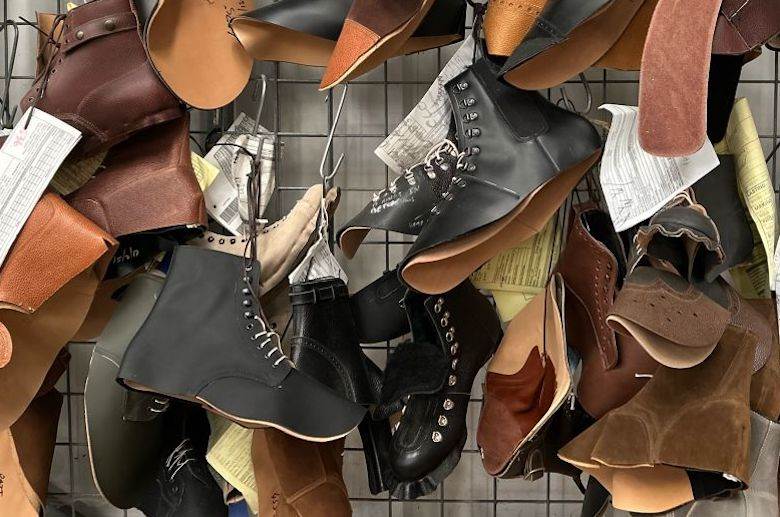Footwear industry body CEC and its leather industry counterpart COTANCE have issued a formal complaint about the way product durability is being defined in current discussions about the fashion industry’s environmental footprint.
Working with organisations that represent the wool and fur sectors, CEC and COTANCE issued the complaint on October 15. Their aim was to make the European Commission and other industry bodies currently debating product environmental footprint category rules (PEFCR) for footwear and apparel aware of shortcomings around defining durability.
Procedures in place at the moment for calculating the durability of footwear and apparel “provoke dysfunctions”, the complainants have said.
“Time is a crucial factor for the calculation of the environmental footprint of products,” they said. “The longer a product remains in service, the lower its environmental impact will be.”
If this seems like no more than common sense, the complaint noted that, at present, the PEFCR for footwear and apparel put an upper limit on the duration of service consumers should expect products to have. This limit “fails to reflect the reality of product lifetimes,” the signatories said.
Under the current PEFCR criteria, a product would only need to permit consumers to wear it 170 times before to win recognition as being at the top end of durability.
As part of their complaint, the signatories have said a technical secretariat that the European Commission set up to oversee the PEFCR for shoes and clothes did not come up with these values and has not even reviewed them. Instead, they said, the values are based on so-called expert judgement and stem from the Higg Index sourcing tool.
“The apparel and footwear industries and their supply chains are in transition to a greener and more circular economy,” the complaint said. “Consumers need to understand that every wear reduces the environmental impact of the article and that natural materials can withstand the passage of time much better.”
Image: Grensons.
